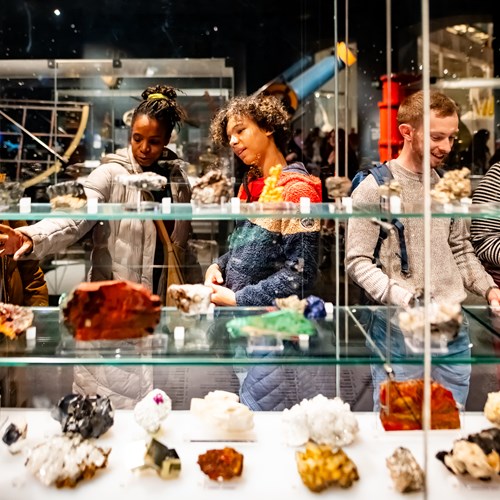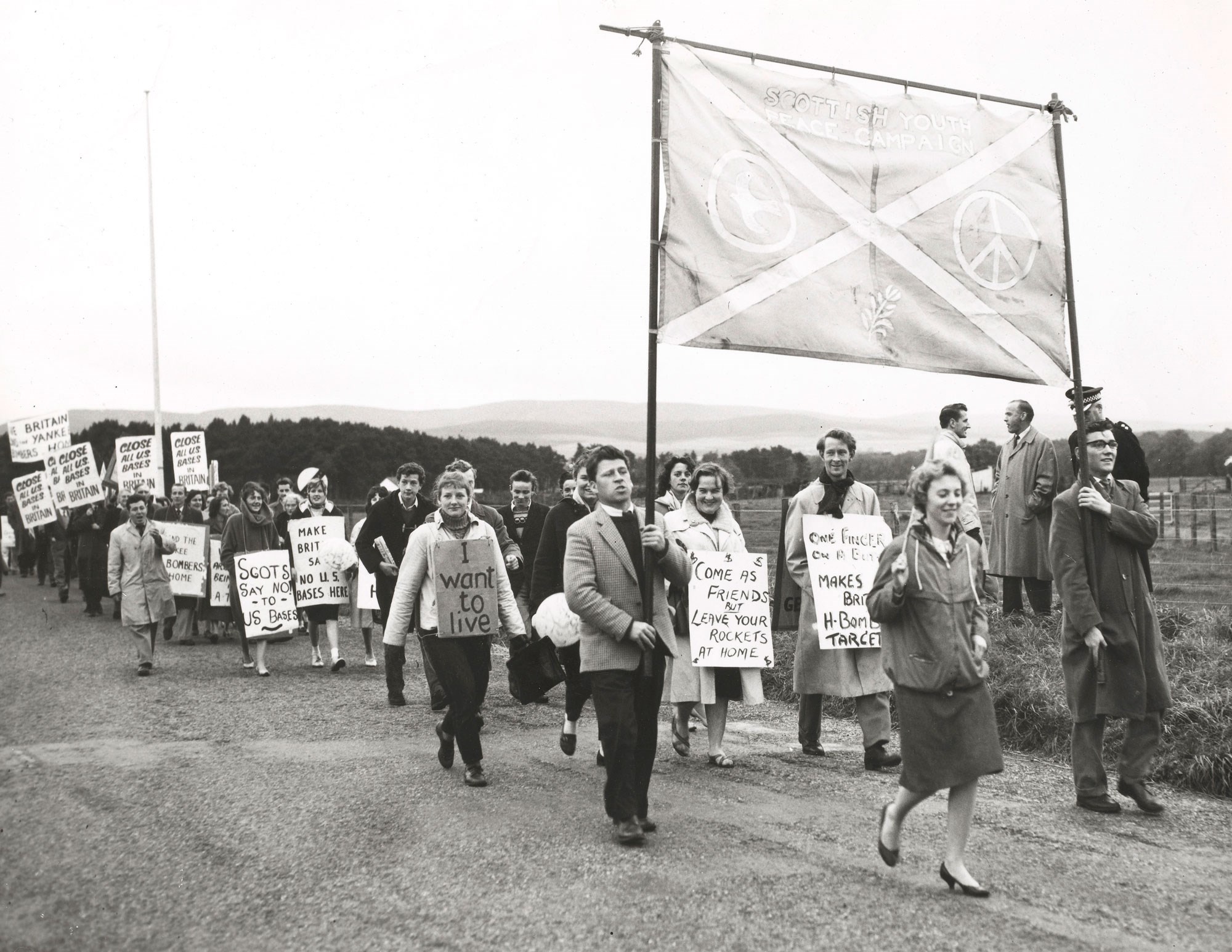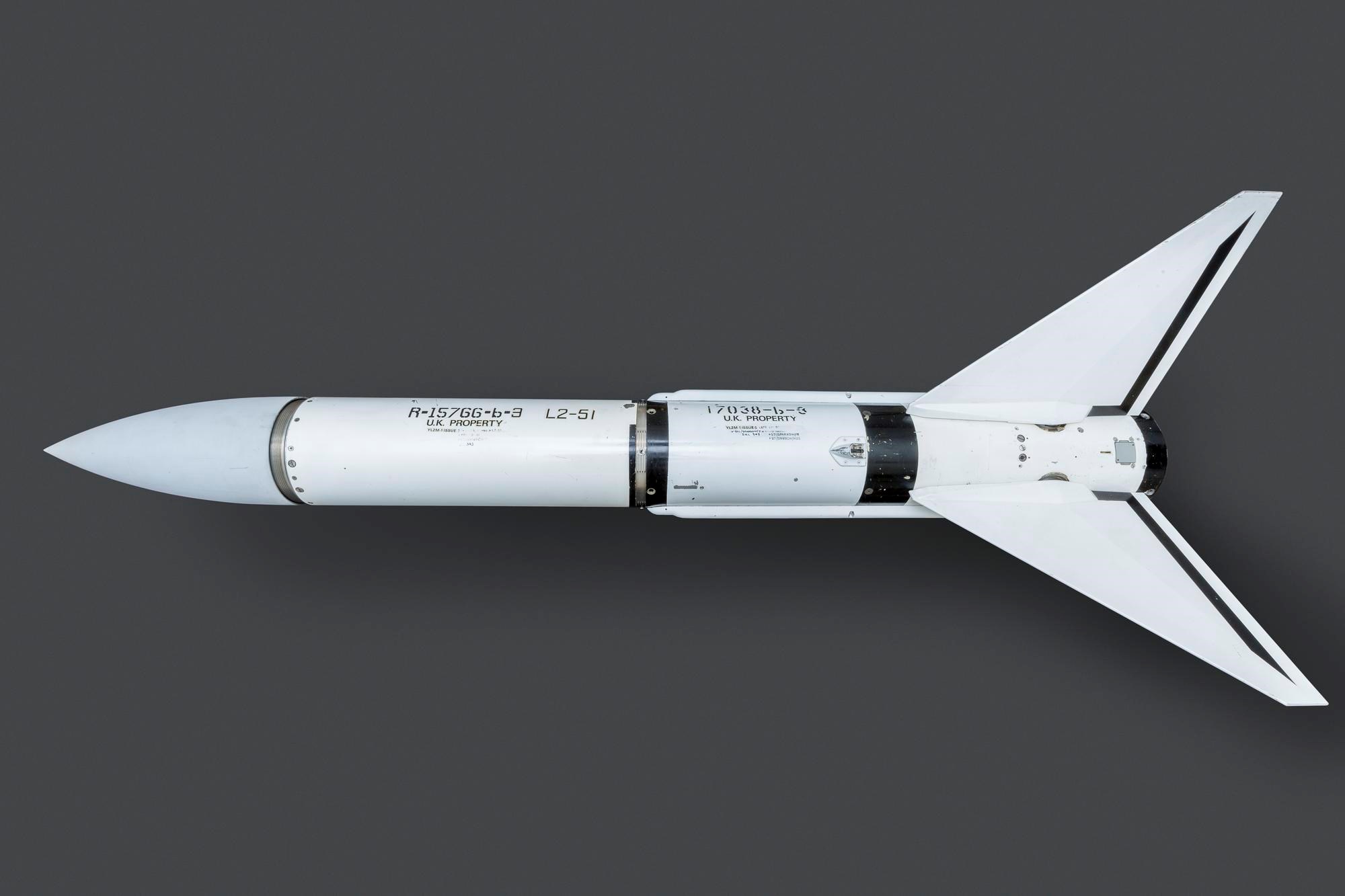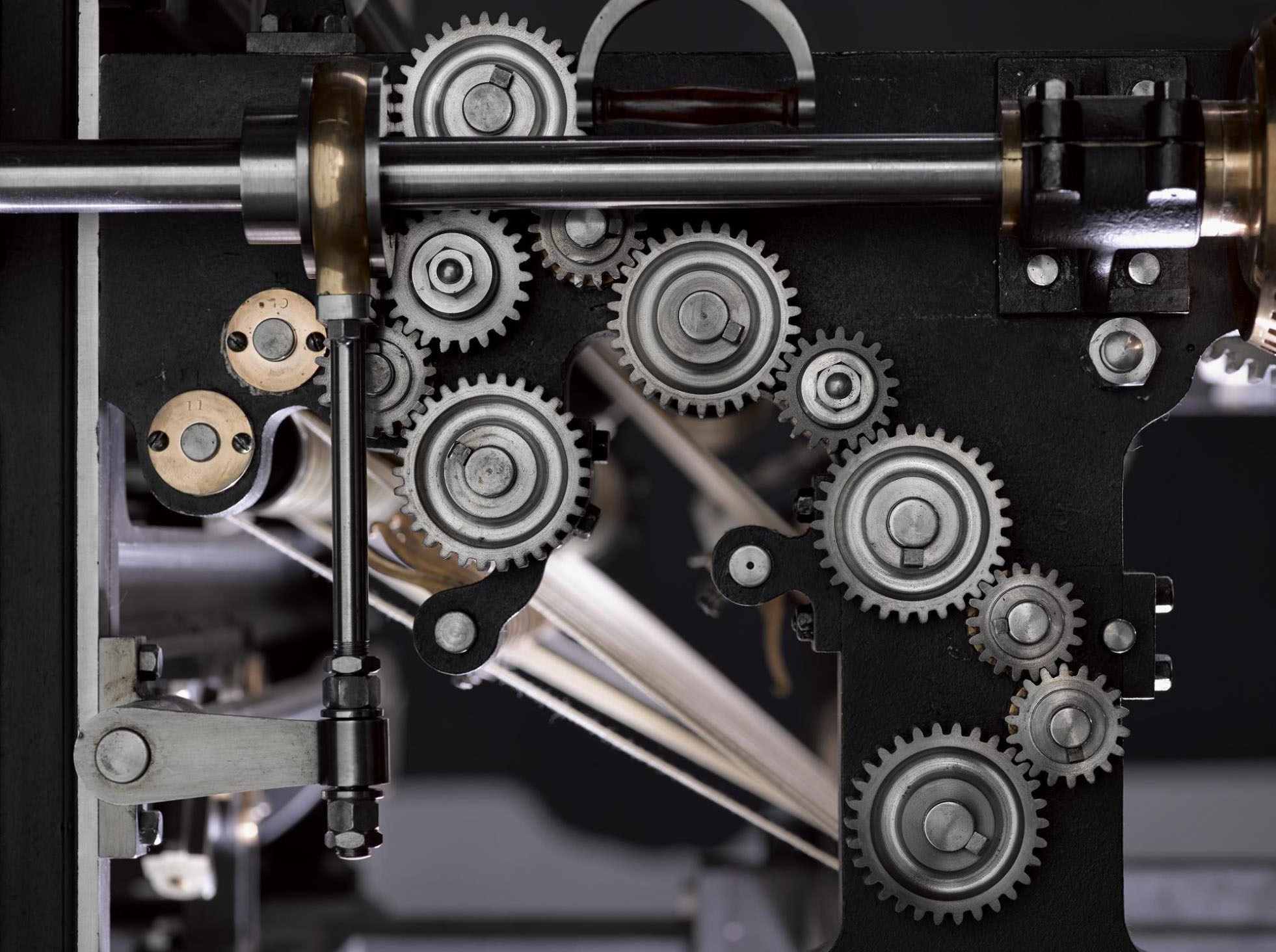Cold War Scotland
13 Jul 2024 - 26 Jan 2025
10:00 - 17:00
Special Exhibition Gallery 2, Level 3
Free
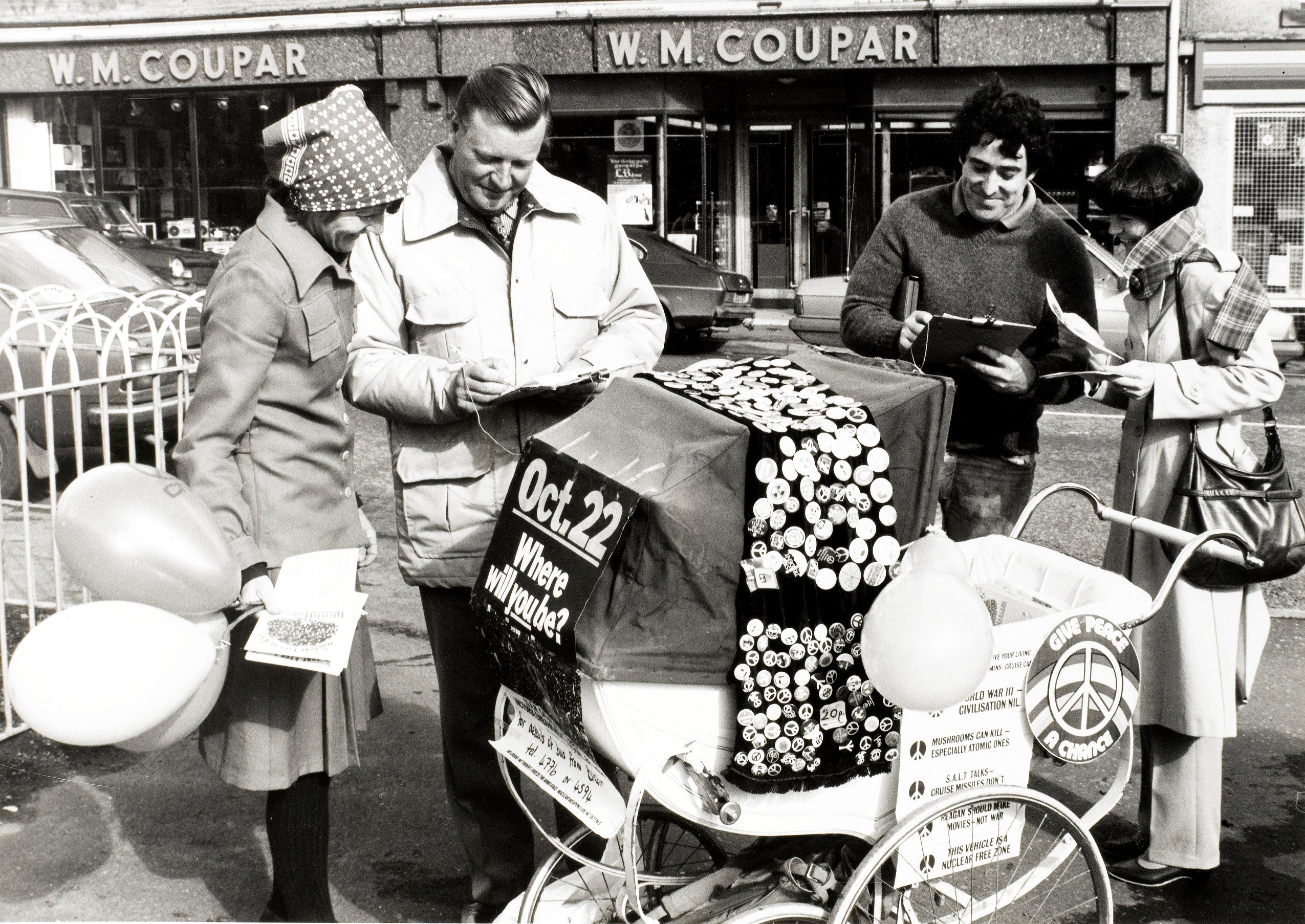
Campaign for Nuclear Disarmament protest in Blairgowrie, c.1980s
© National Museums Scotland
Campaign for Nuclear Disarmament protest in Blairgowrie, c.1980s
© National Museums Scotland
Exploring Scotland’s critical position on the frontline of the Cold War, a new exhibition will tell the stories of the Scots at the centre of this global conflict.
Scotland's unique geography
Scotland’s unique geography and topography provided a useful base for Allied military preparations and research during the Cold War: a 40-year nuclear stand-off between the USA and the Soviet Union following the end of the Second World War.
Atomic power brought jobs and investment to some of the country’s most remote areas, as global tensions mounted the threat of attack or nuclear disaster became part of everyday life. Cold War Scotland will explore both the visible and invisible legacies of the war in Scotland.
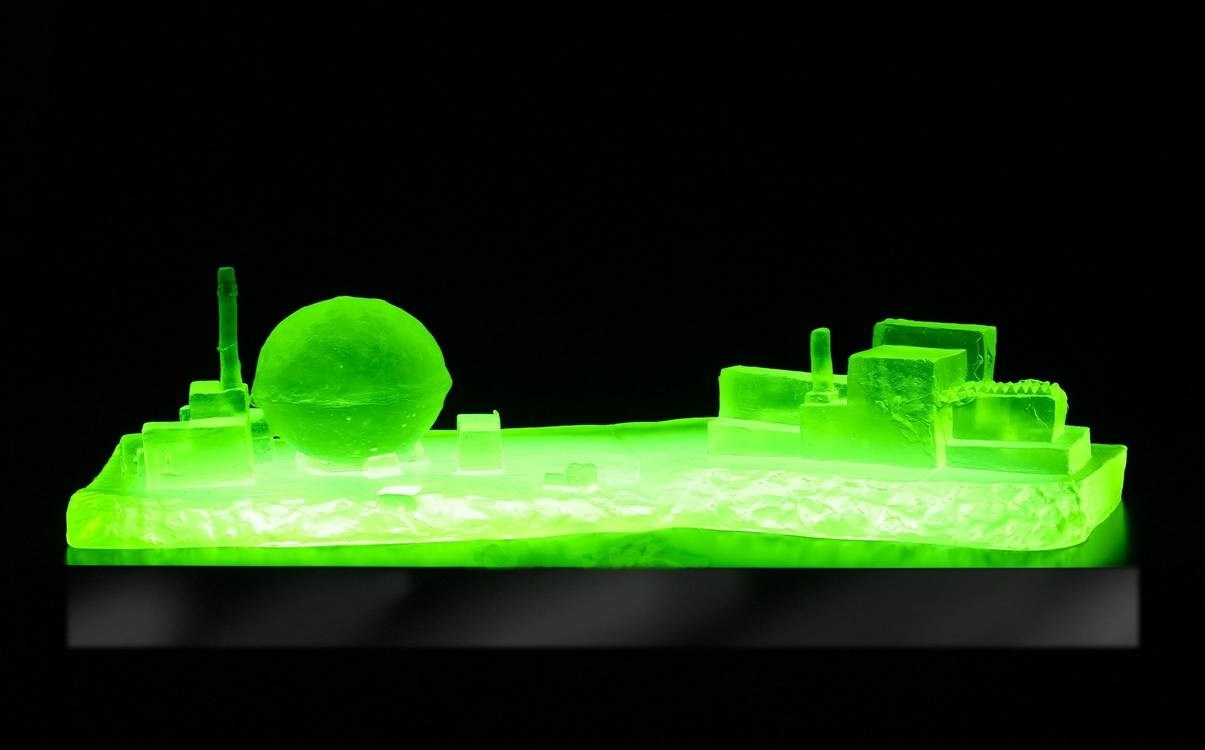
Uranium glass sculpture of the iconic Dounreay sphere designed by Kate Williams in 2007 (T.2007.218).
Protest and activism
The impact of the war still lingers in Scottish politics, culture and memory. Scots played an active role in the global conflict as soldiers, for example, within intelligence services and as part of voluntary civil defences. The exhibition will draw on Scotland’s rich history of Cold War-era protest and activism.
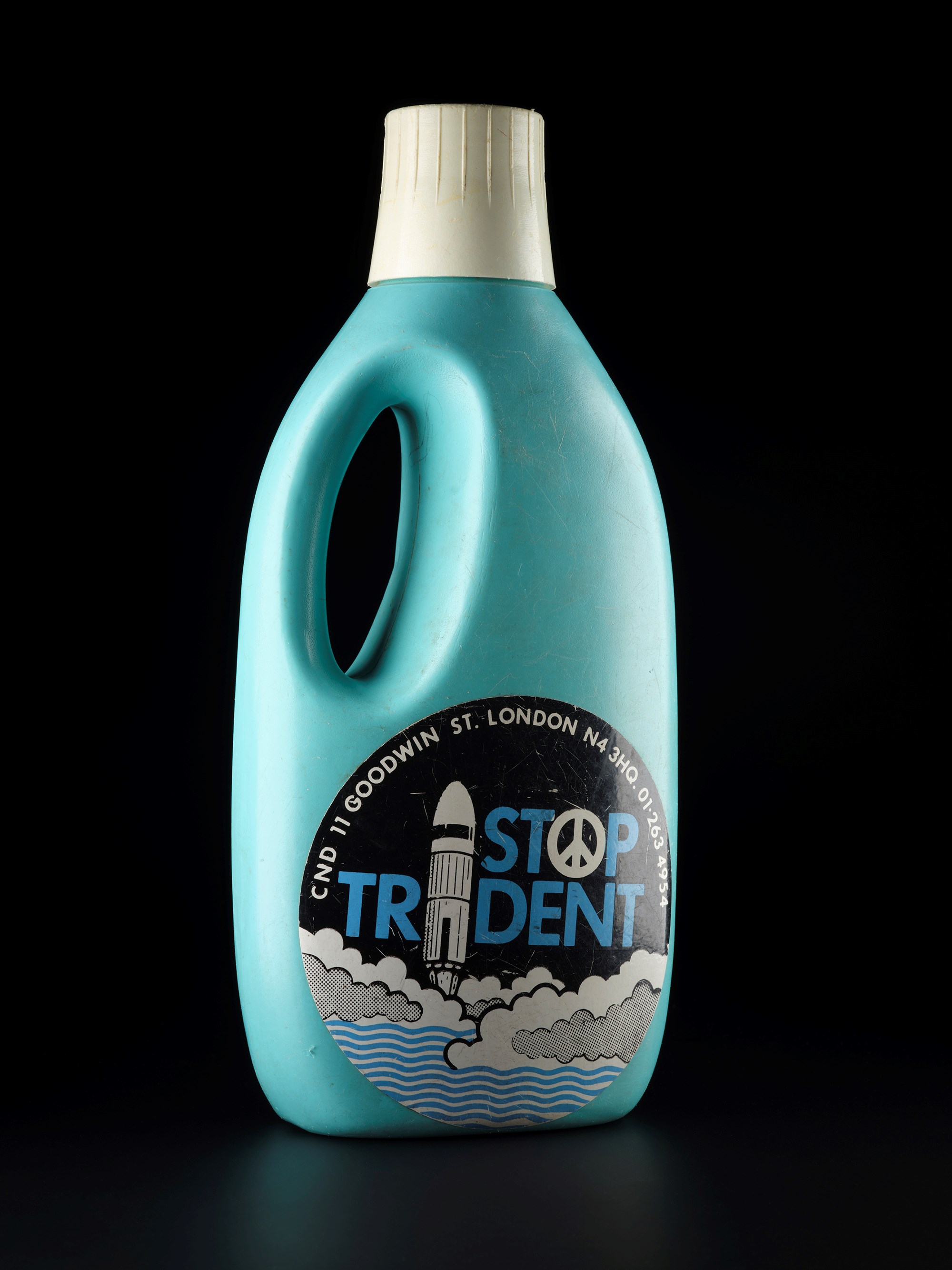
Protest rattle made from a laundry detergent bottle used on the Peace March Scotland 1982. (X.2019.366.1)
Firsthand accounts from this time include a young mother who decorated her daughter’s pram with Campaign for Nuclear Disarmament (CND) badges. A rattle made from an old laundry detergent bottle, stickered with the CND logo, was given to her baby during the Peace Marches of the early 1980s. The rattle will go on display in the exhibition.
Cold War legacy in Scotland
The exhibition will also reveal the physical remains of the Cold War; the ruined bases, forgotten bunkers and decommissioned nuclear power stations still evident across the Scottish landscape.
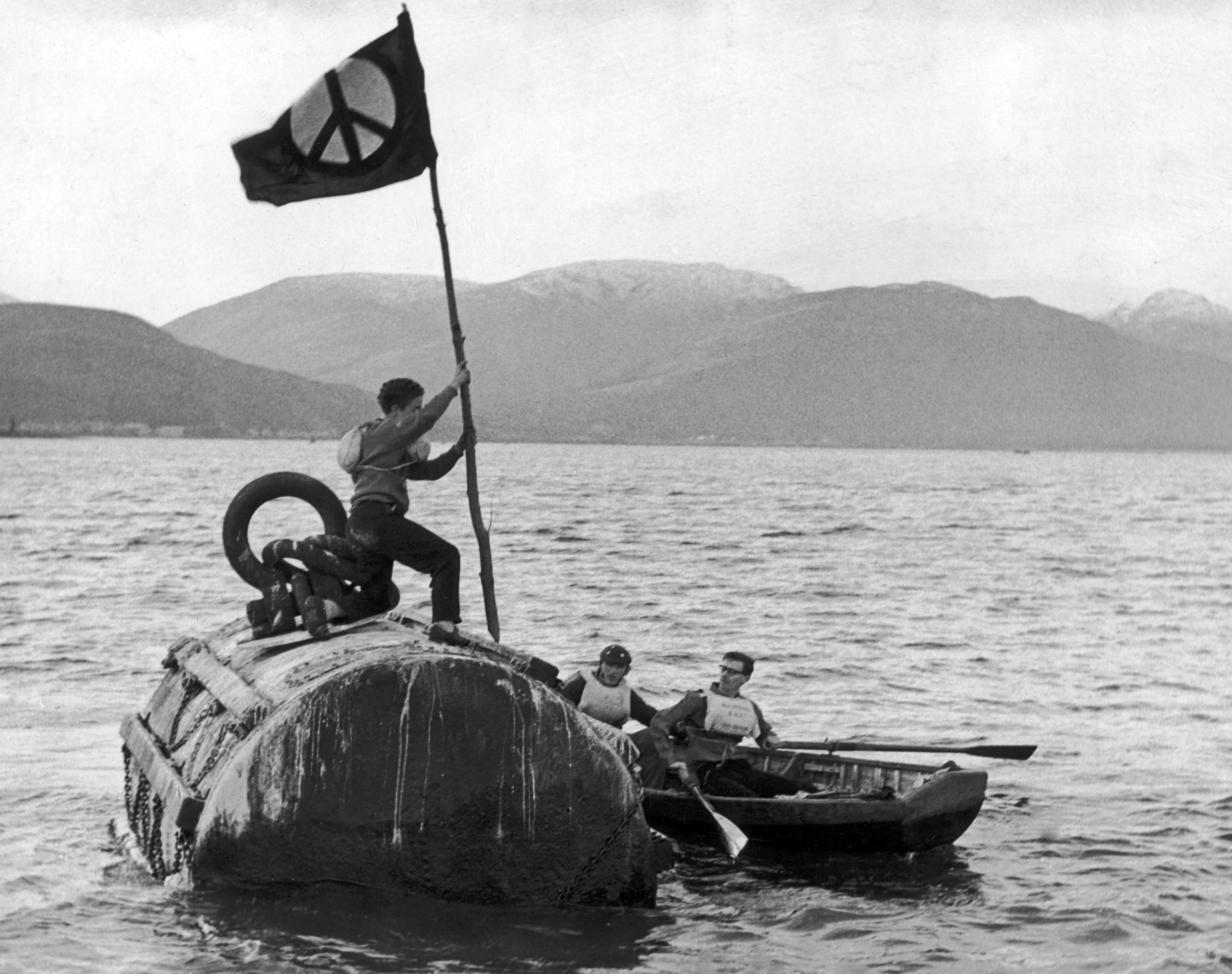
Polaris demonstration at Holy Loch, 3rd February 1961. © Trinity Mirror/Mirrorpix, Alamy
Materialising the Cold War
Cold War Scotland is an output of Materialising the Cold War, a collaborative research project between National Museums Scotland and the University of Stirling. The project explores how the Cold War heritage is represented and how museums can adapt to tell this story in future. Materialising the Cold War is funded by a major grant from the Arts and Humanities Research Council.
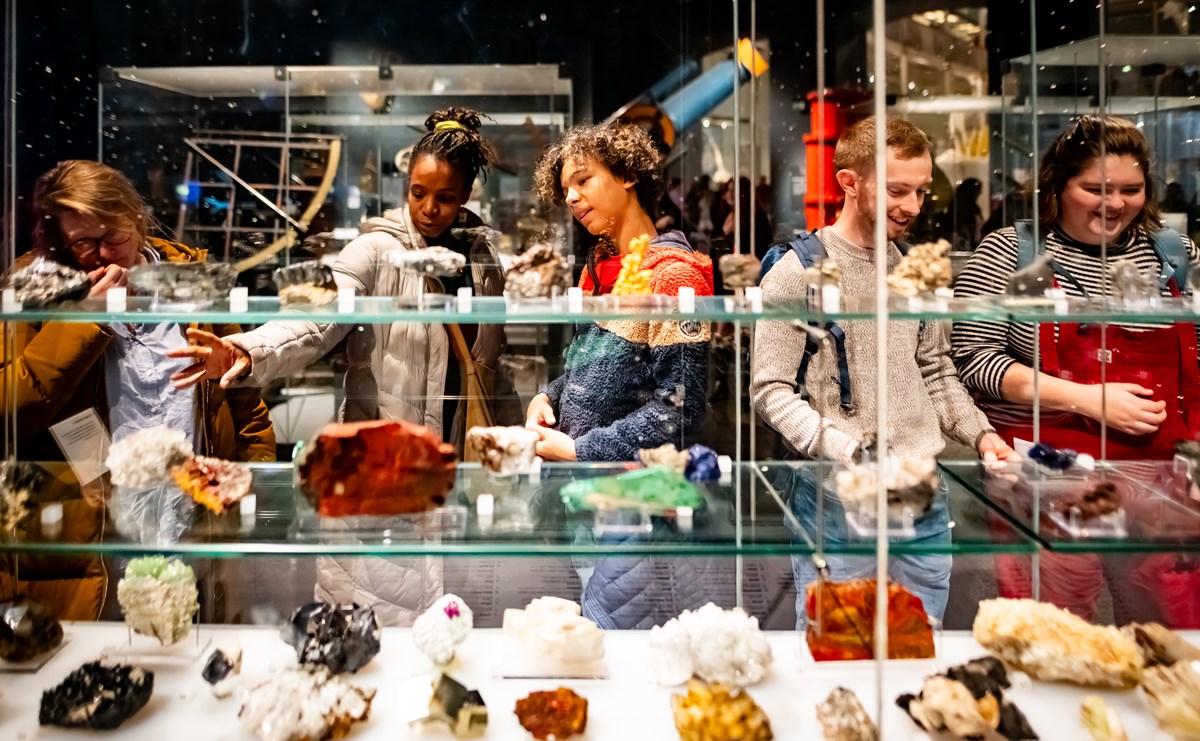
Plan your visit
National Museum of Scotland
Chambers Street
Edinburgh
EH1 1JF
Visiting information can be found on our Plan Your Visit pages.
Access
We want everyone who comes to our museums to enjoy their time with us and make the most of their visit.
- There is level access to the Museum via the main doors to the Entrance Hall on Chambers Street and the Tower entrance at the corner of Chambers Street and George IV Bridge.
- Lifts are available to all floors and accessible toilets are available on Levels 0 and 3, as well as a Changing Places (U) toilet in the Entrance Hall on Level 0.
- Wheelchairs are available for loan at no charge. Please note wheelchairs cannot be booked in advance. On arrival, ask about availability at the Information Desk. Small mobility scooters are permitted inside the museum.
- Guide dogs, hearing dogs and other recognised assistance dogs are admitted.

Cold War Scotland is part of Edinburgh Art Festival, taking place between 9-25 August 2024.
edinburghartfestival.com
@edartfest
#EdArtFest

